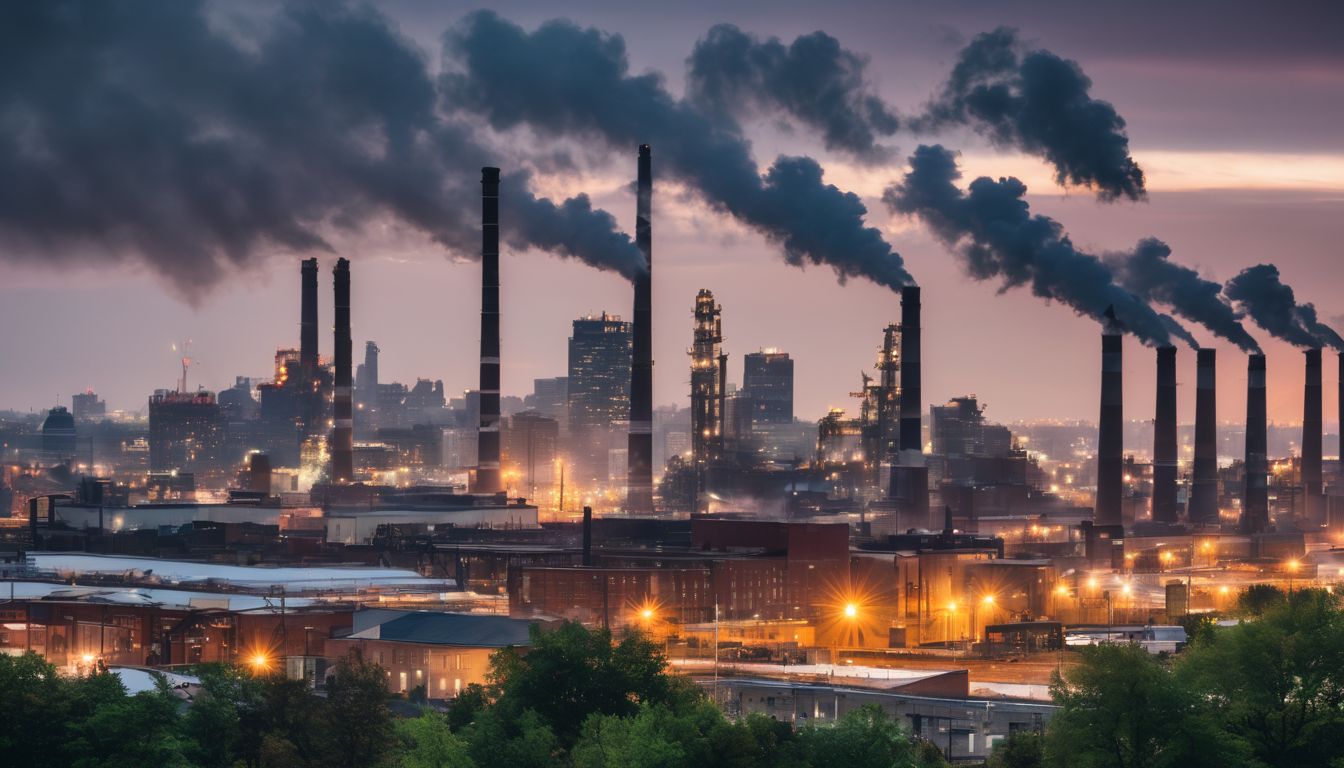British Columbia is the western-most province in Canada. Known as the “forest province,” two thirds of the 95 million hectare province is forested—that’s an area bigger the country of France!1 Forests are central to the economy of British Columbia and the threat climate change throughout regions of the United States.
British Columbia Climate Overview
The climate of British Columbia is very different depending on where you live in the province. The Pacific Ocean has a moderating effect on the western part of the province. Vancouver and the rest of the coast is know for its mild climate (by Canadian standards) with warm, dry summers, and mild, wet winters. The Northern interior of the province, on the other hand, is exposed to harsh winters and dry summers due to the mountainous topography.2 The summer droughts in the interior often create conditions that lead to forest fires,3 and also leave forests susceptible to the bark beetle.
Climate Change Impacts
In British Columbia, the effects of climate change are already visible. According to livesmartbc:
- Annual temperatures have warmed an average of 0.5-1.7° Celsius.5
- British Columbia has lost up to 50% of its snow pack over the last 50-100 years, as more precipitation has been falling as rain.6
- Faster snow melts and more rain has led to flooding throughout the province.7
- Glacier and snow pack reduction is already impacting the flow of rivers, raising concerns about British Columbia’s heavy reliance on hydroelectric power to produce energy.
- Warmer winter temperatures have led to a mountain pine beetle epidemic. The pine beetle has infested around 13 million hectares of forests, and by 2013, 80% of British Columbia’s forests will likely be affected.
- Two glaciers in southern British Columbia are retreating—they’ve already shrunk by about a kilometer each.8
- Over the last century, sea levels along the coast rose by an average of 4 to 12 cm. In the Vancouver area, levels have risen about 16-34 cm.9
Given the importance of the timber industry in British Columbia, the pine beetle infestations are particularly depressing. From 1996 to 2004, forest products represented about 40% of the total value of all of British Columbia’s exports—forest products netted Canada $15 billion CAD per year. The forest sector accounted for 84,000 jobs and 6.8% of total provincial gross domestic product (GDP) in 2007. While the to the monetary value of timber is extremely important for the economy of British Columbia, its forests also are extremely important to the province as they store carbon, supply water, and attract tourism.12
Due to logging restrictions and fire suppression over the last few decades, there are many contiguous stands of lodgepole pine throughout British Columbia. These pines are the preferred host of the mountain pine beetle. Over the past decade, higher winter temperatures and a dearth of cold snaps have produced a breeding ground for the pest. British Columbia is now experiencing the largest beetle epidemic in the province’s recorded history.13 Huge swaths of forests are turning “red and dead” as beetles move north with climate change. As one researcher put it, “[t[hose trees are not going to move as fast as the climate may change.” Not only are pests becoming more active, forest fire season is also increasing by one day a year because of hotter summers.14 To turn British Columbia’s fate around, scientists are trying to turn the infestation into a new source of energy. Researchers are experimenting with new ways of converting the 1.2 billion cubic meters of dead and dying Interior pine trees killed by mountain pine beetles into high-grade ethanol and synthetic natural gas using biorefineries. Some reporters are going so far as to call British Columbia “the new, green Saudi Arabia without its polluting fossil fuels and gushing oil wells.” Official estimates back up this claim with reports that British Columbia’s pine forests represent a potential of 95 billion liters of ethanol.15
It seems that British Columbia’s green revolution may be just in time to prevent energy shortages throughout the province. According to the province’s utility company, BCHydro, the demand for electricity in the province could increase by 50% over the next 20 years. The utility is pushing for the expansion of hydroelectric power, but they are facing opposition from government officials and environmental groups.16
British Columbia’s Carbon Tax
Perhaps it is due to the province’s experience with pine beetles that they have enacted climate policies that are starting to decrease fossil fuel consumption. British Columbia began North America’s first carbon tax program in 2008. The program charges Canadians money at the pump (and when they buy other fuels like propane, diesel, and heating fuel).17 The tax started at $10 per tonne of carbon dioxide equivalent of emissions,18 about 9 cents a gallon (2.4 cents per litre)19 of gasoline, and has since increased to around 25 cents a gallon (6.67 cents per litre). To put that in perspective, when the tax was first imposed the Provincial government estimated that the new tax would cost Prius drivers around $20 a year and cost pickup truck drivers around $68 (these costs have gone up as the tax has increased).20
Although many criticized the tax at the time of its enactment, since it took effect the results have been extraordinary. According to a recent study released by the Sustainable Prosperity research network, British Columbia’s residents reduced their fossil fuel consumption by over 15%, and from 2008 to 2010, they reduced their greenhouse gas emissions (GHGs) by almost 10%. Although some of this decline was likely due to the worldwide recession, British Columbia residents are reducing GHGs more (about 5% more) than the rest of Canada.21 Gasoline consumption per capita in the province has dropped by 4.5%, the highest reduction in all of Canada.22 This reduction will likely accelerate over time, as families and businesses invest in more energy-efficient cars, homes, workplaces, and lifestyles.
Two important factors have allowed the tax to avoid the wrath of conservative politicians and voters: continued economic growth, and revenue neutrality. Even with the reductions in energy use and GHG emissions, the economic growth of the British Columbia has not been adversely affected. The province’s GDP is growing at a faster rate than that of the rest of Canada. In addition, the government in British Columbia has been able to keep the tax shift “revenue neutral.” This means that there is no net increase in taxes—as gas taxes increase, income tax rates decline. In fact, the gas tax shift has led to more tax cuts than tax revenue. The government has returned around $300 million more than it has received. It seems that the sticker shock of gas prices is enough to encourage energy conservation, even if consumers would not actually be paying more in the grand scheme of things.23
Sadly, the fate of British Columbia’s forests is not determined by BC’s climate action policies alone. Only when the enactment of gas tax programs catch throughout the country and the world can we potentially stem globally-determined disasters like the destruction path of pine beetle. We are one planet and we need to encourage nations to keep forging ahead or join in on the battle against environmental destruction and climate change.




